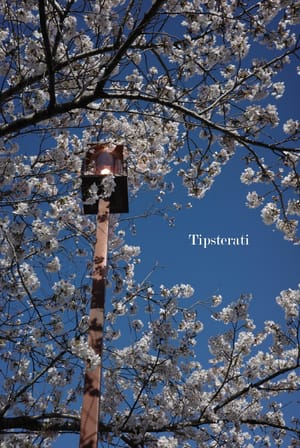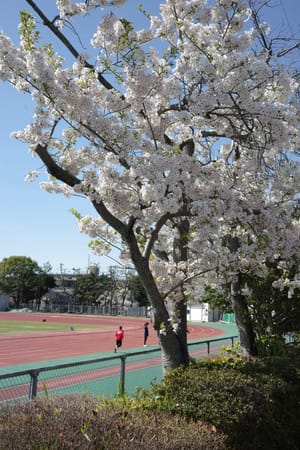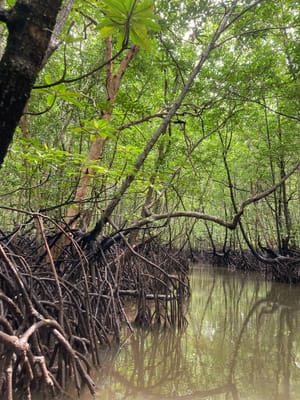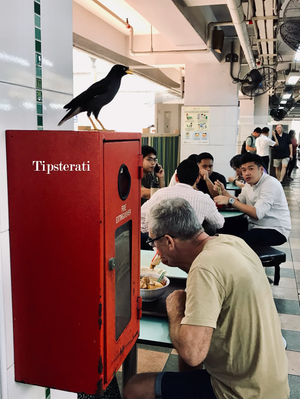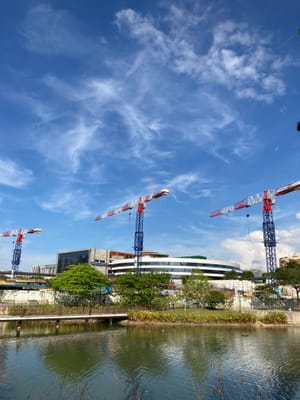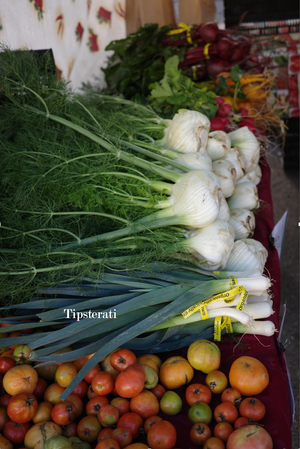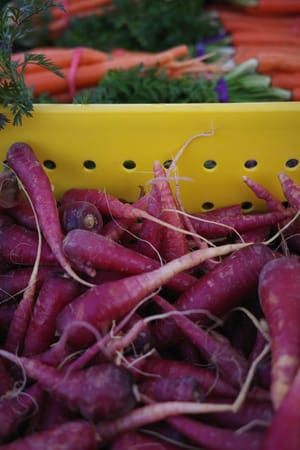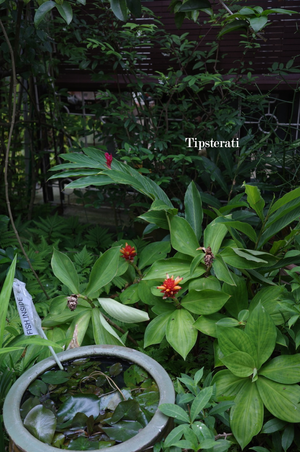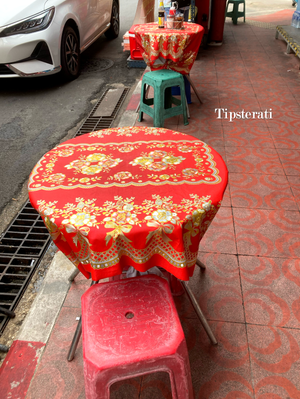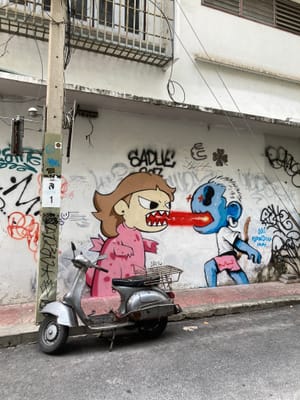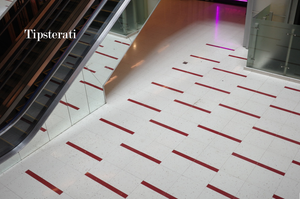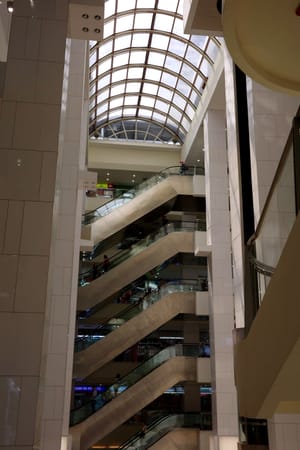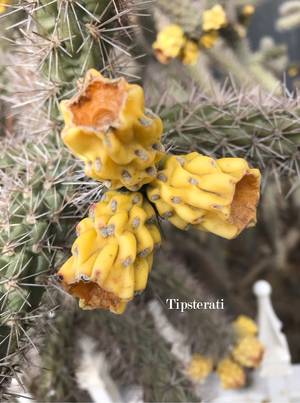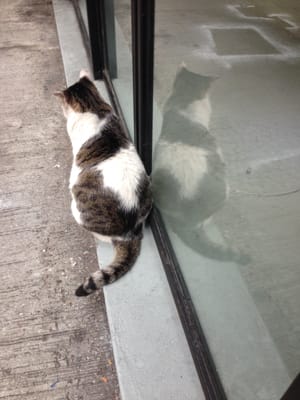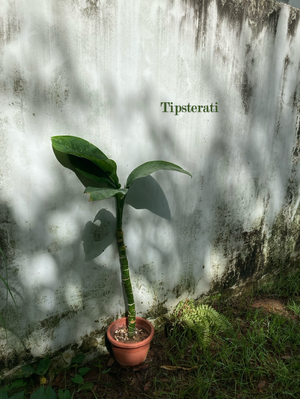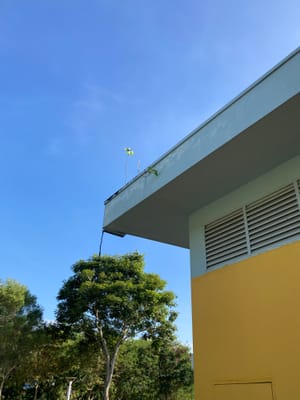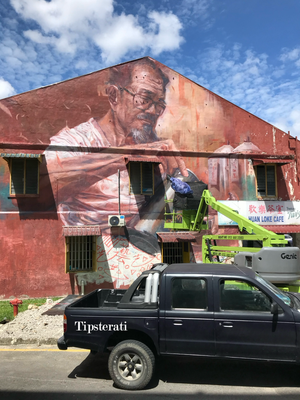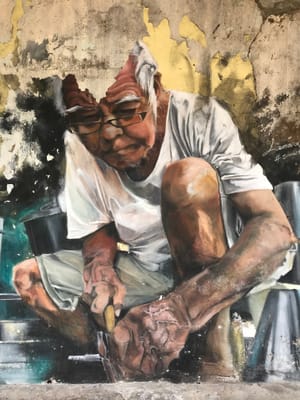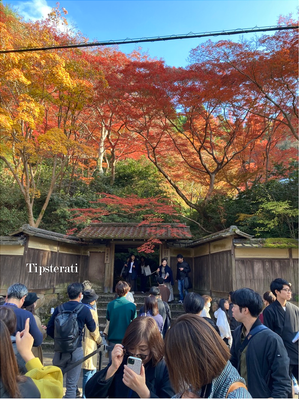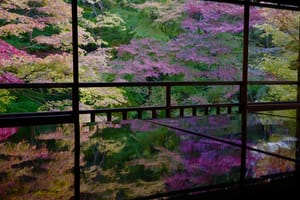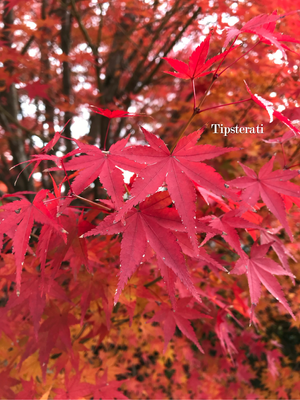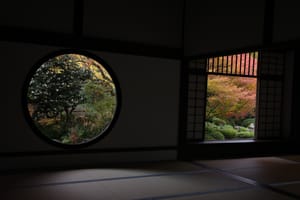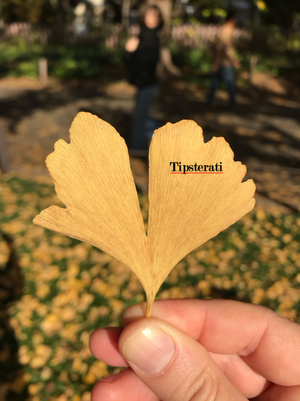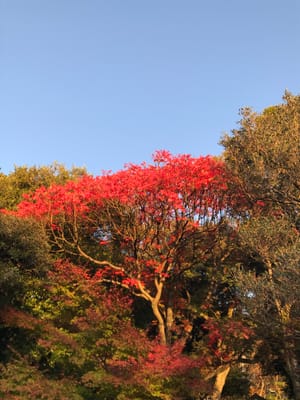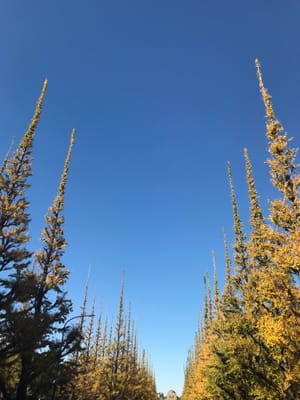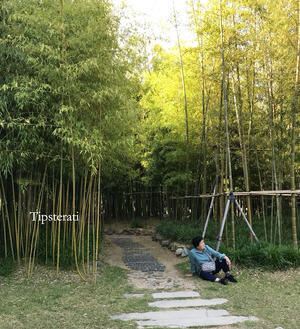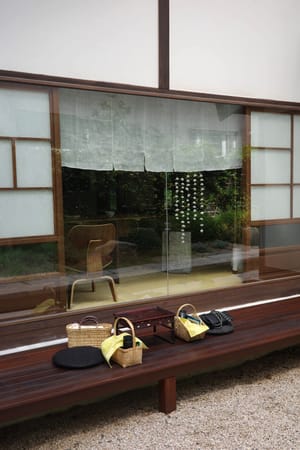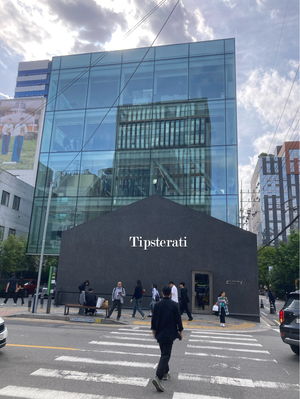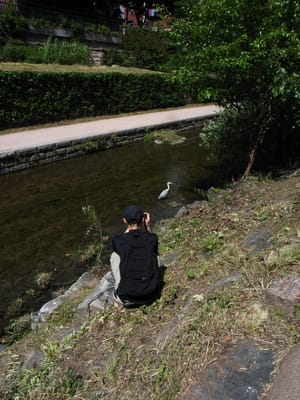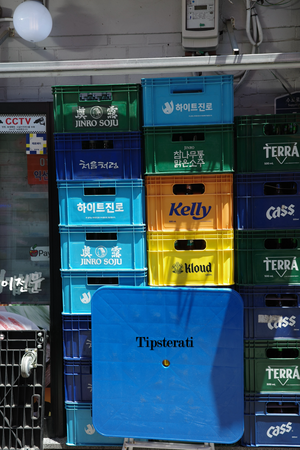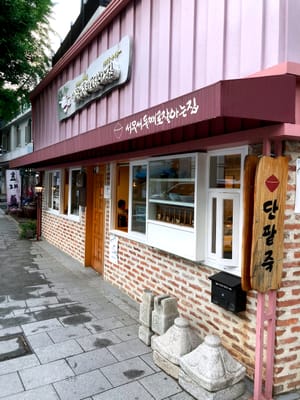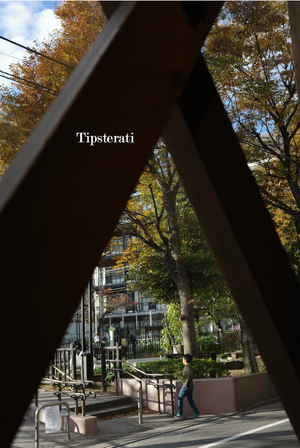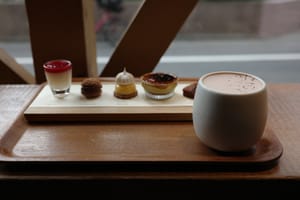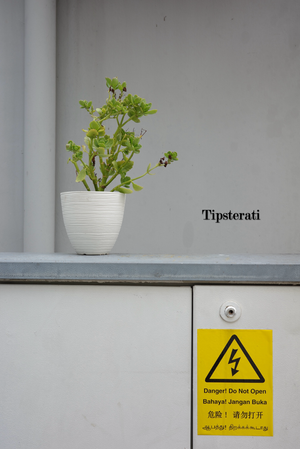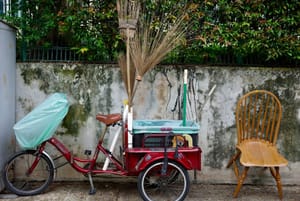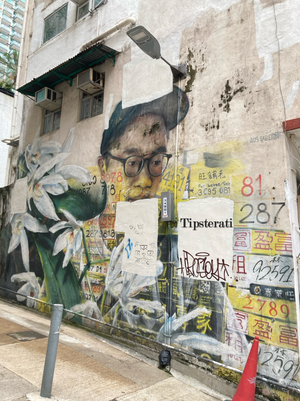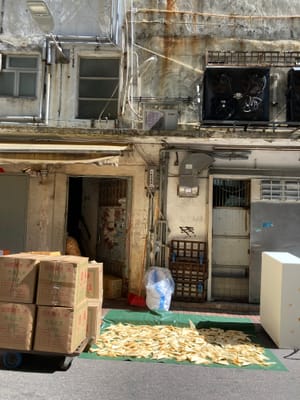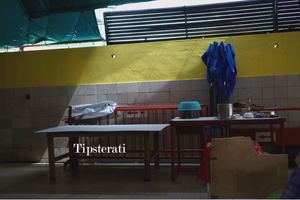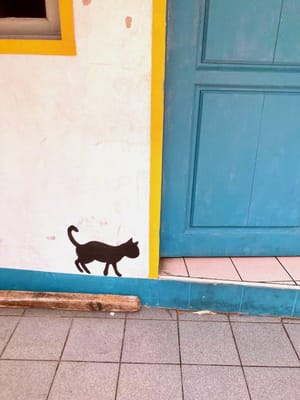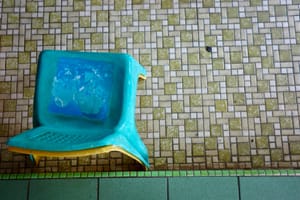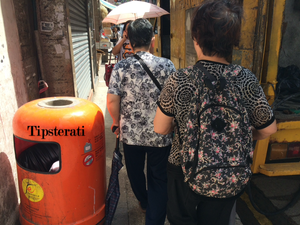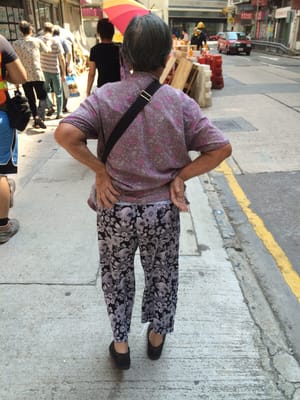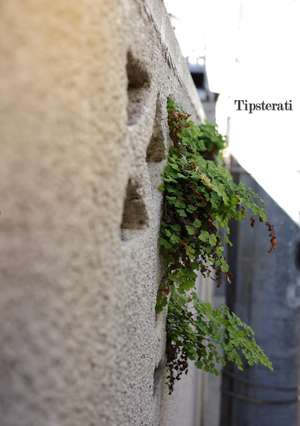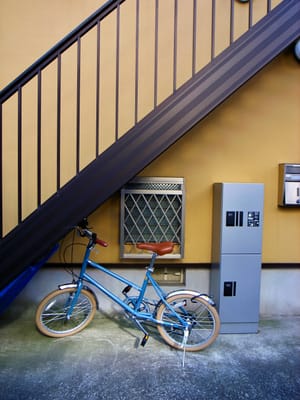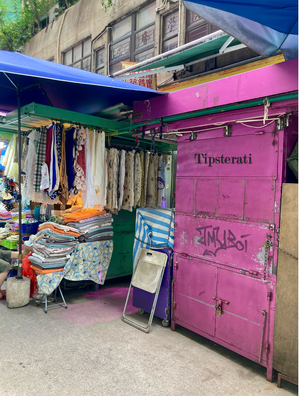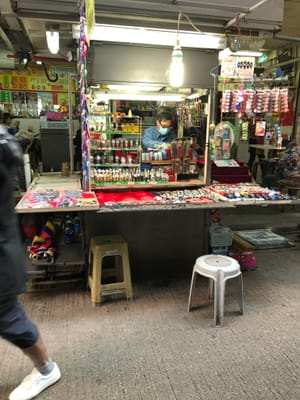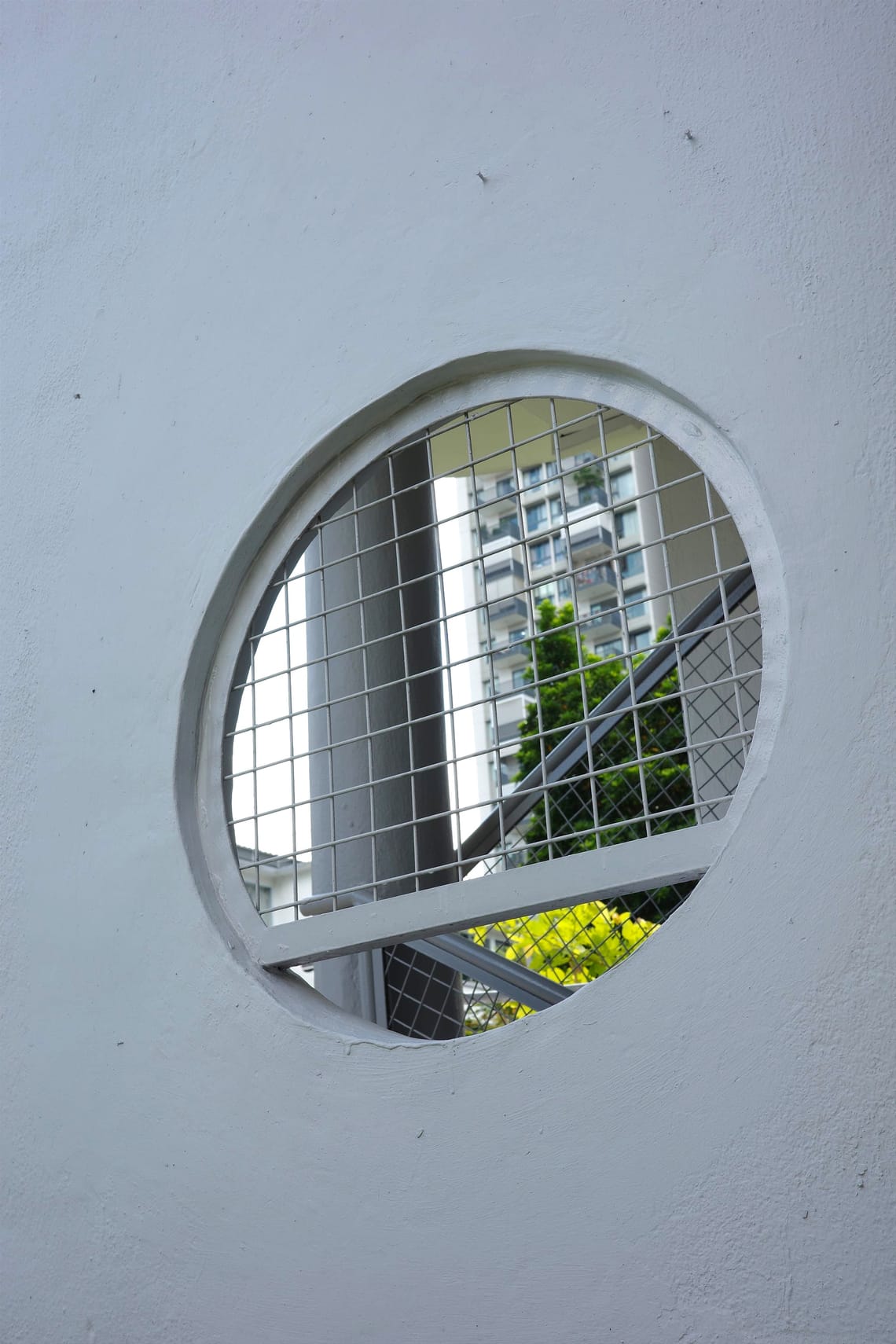
Tiong Bahru
I have never lived in Tiong Bahru, but I am fond of the neighbourhood. My mother liked to come to the longstanding wet market here for her weekly supplies, but this came to a stop when she gave up her car. Nonetheless, she enjoyed dropping by for a visit and I was often her companion. We would have lunch at a yong tau fu stall that we both loved: in a busy corner kopitiam (coffee shop), an old man in a singlet served up tofu pieces stuffed with fish paste in a light, clear broth made from soya beans and dried anchovies. It was simple but satisfying fare. Since we also greatly admired the low-rise, art-deco buildings of the area, we would loiter about after our meal wondering what it would be like to live here.
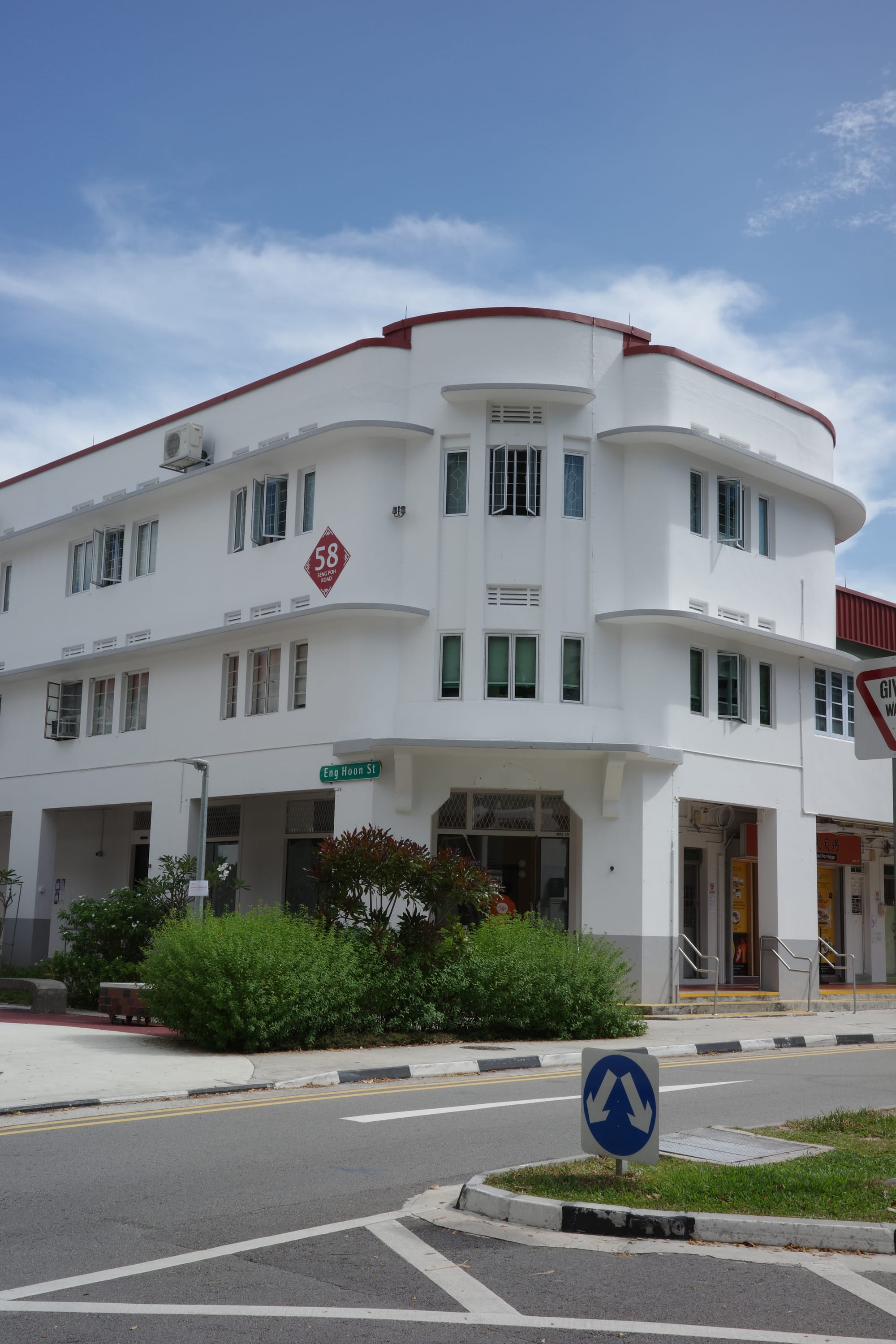
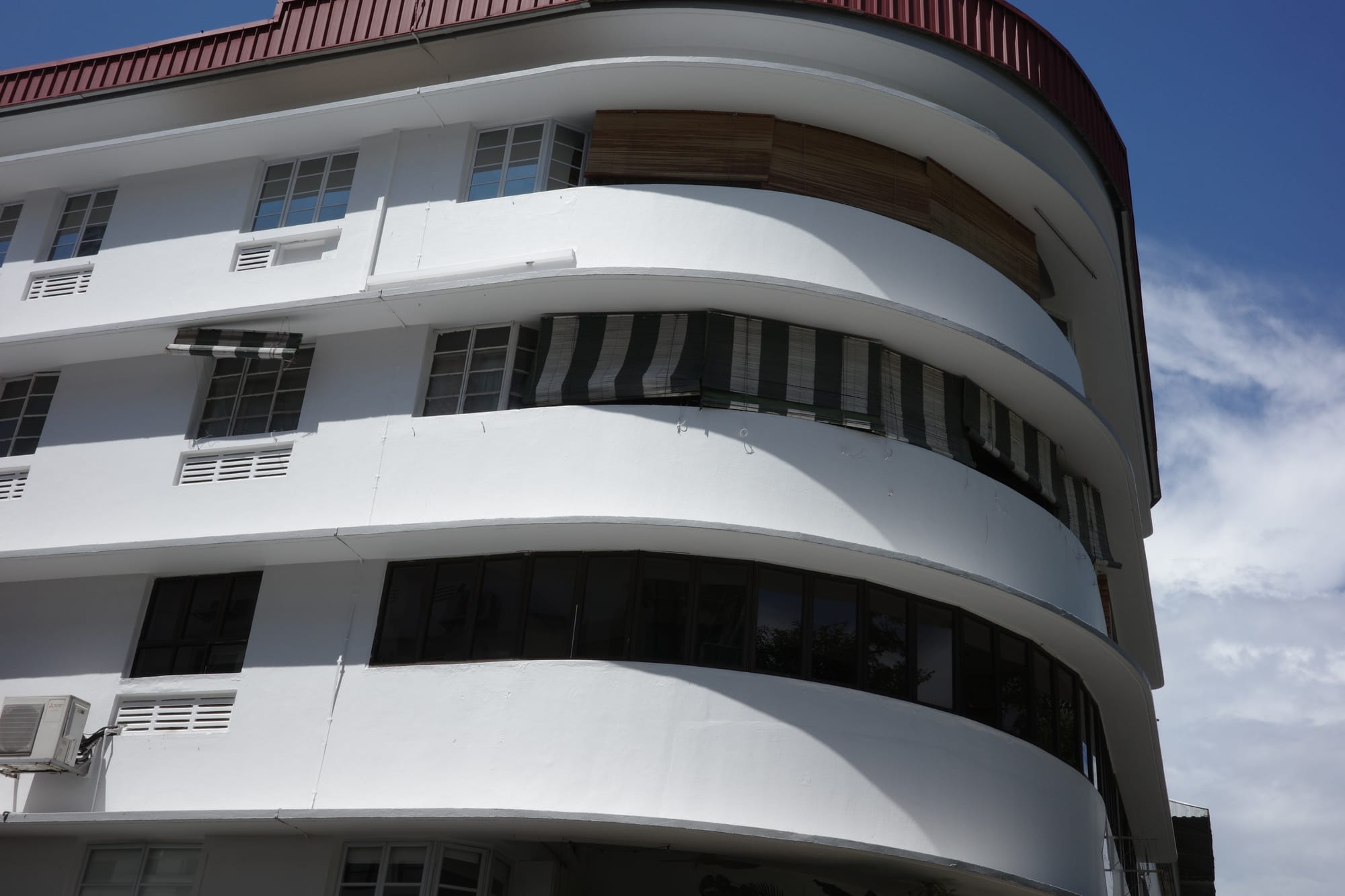
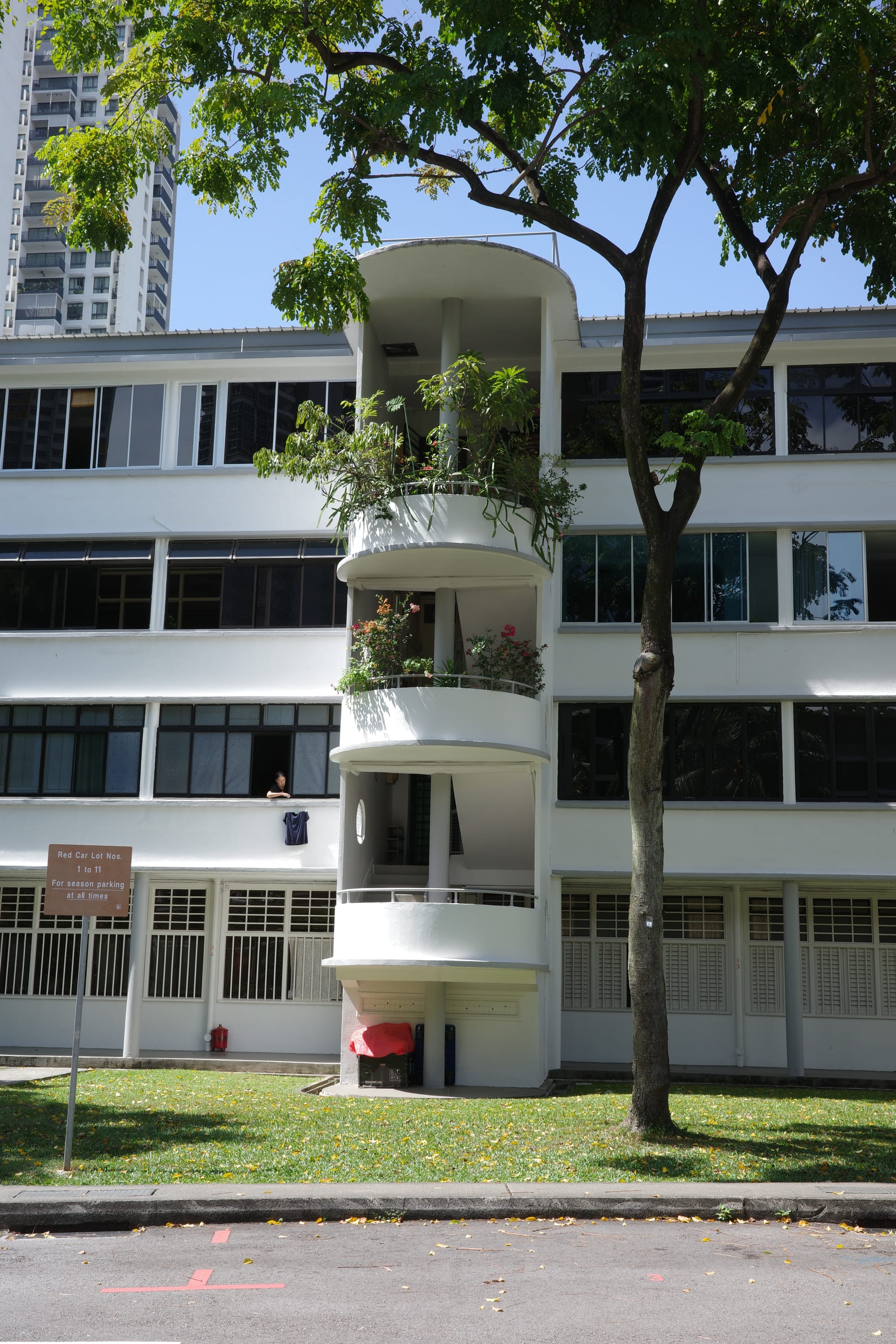
©Wendy Gan 2025
These were the first public housing blocks built in Singapore and they are lovely examples of urban housing before the pressure to increase plot density transformed three-storey walk-ups to anonymous slab blocks of seven, then ten, then sixteen and more storeys. Established more than eighty years ago, the estate has become inordinately popular and well off. Flats here sell for astronomical prices (think seven figures) and gentrification has long set in. Cool boutiques and cafes have replaced the kopitiams and neighbourhood provision shops of old. There are moments when I feel Tiong Bahru is now a botoxed beauty of elder years and wish that a few more wrinkles were allowed to show instead.
Yet, whenever I take the time to wander around, I am still captivated by its charms. The street trees have matured beautifully and provide generous shade.
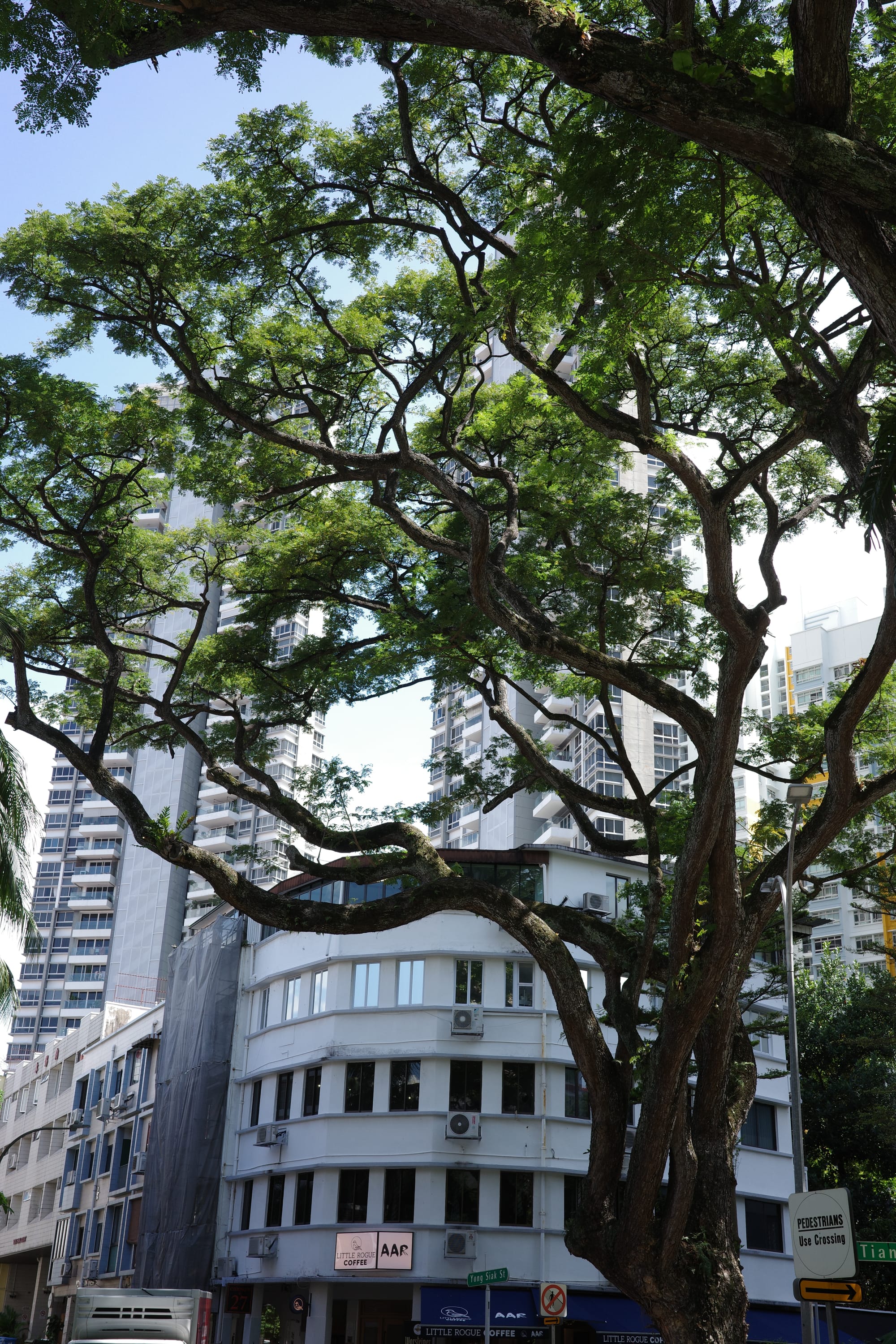
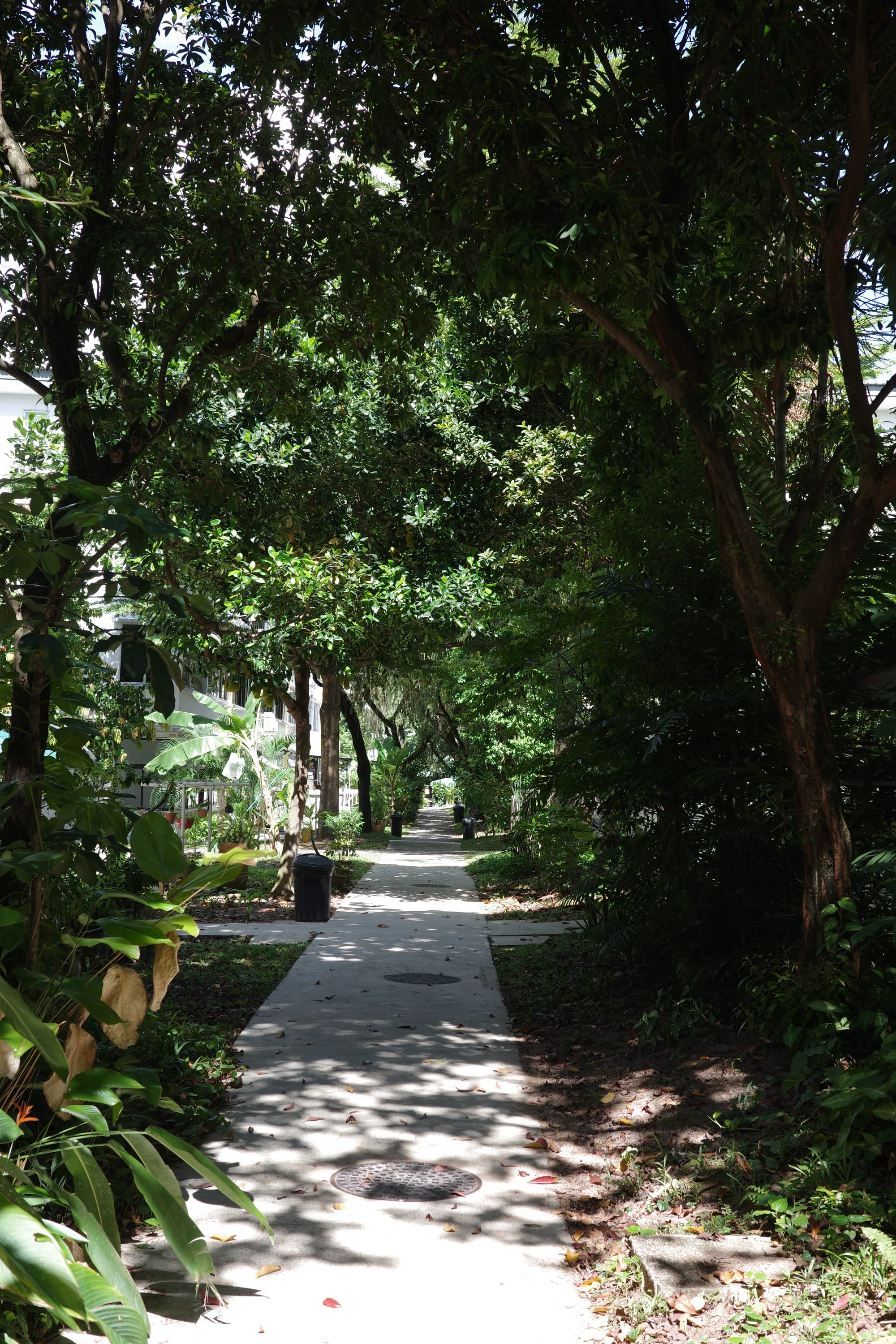
©Wendy Gan 2025
The rounded, streamlined, art-deco styling of the earliest buildings in the area imparts individuality and elegance. Little touches add visual interest: porthole windows in the stairwell frame interesting vistas; the judicious use of brick on some facades offers an appealing contrast. Even the backs of the buildings are eye-catching with their fire escape staircases: some angular and symmetrical, some a sinuous corkscrew.
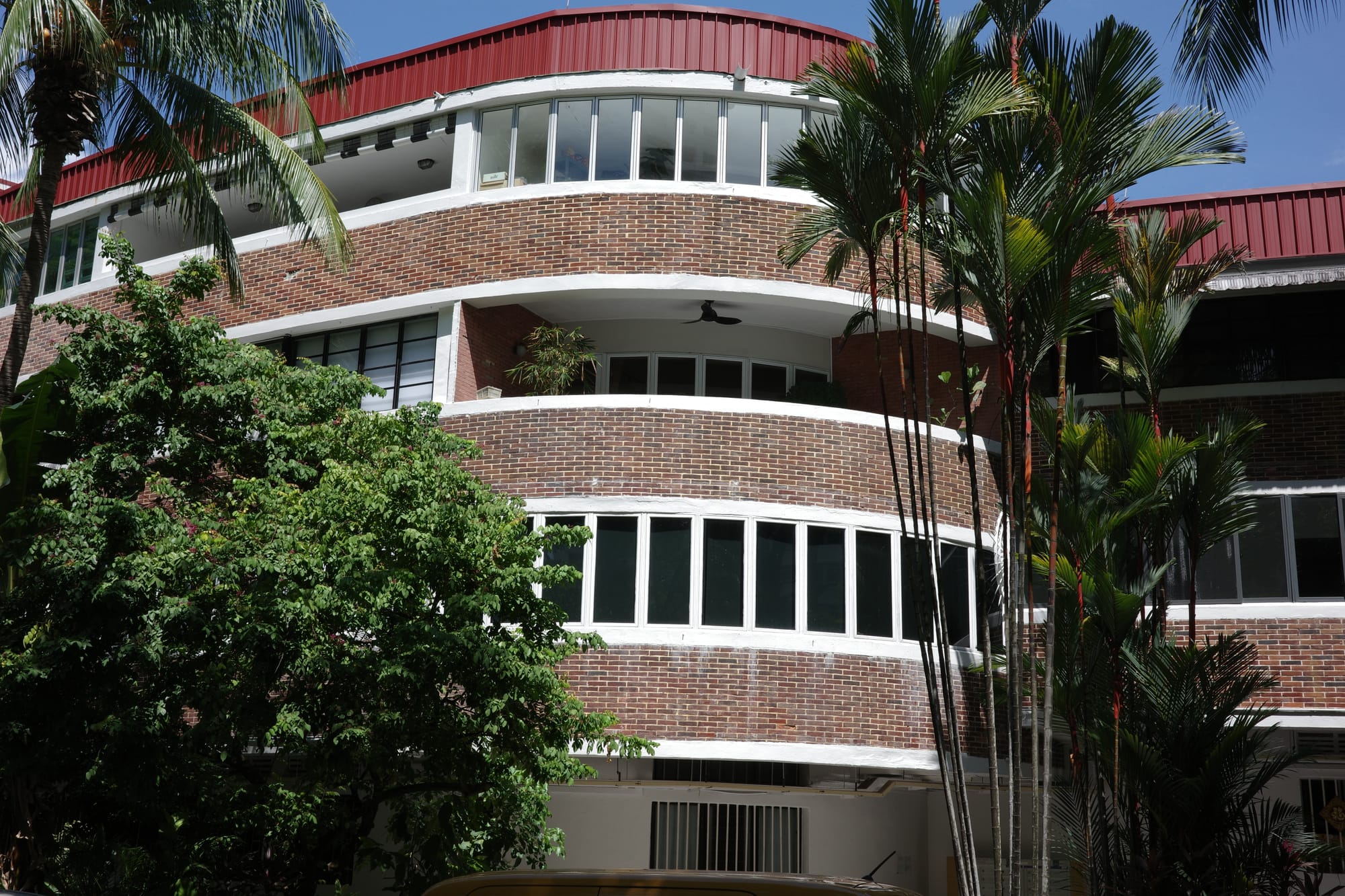
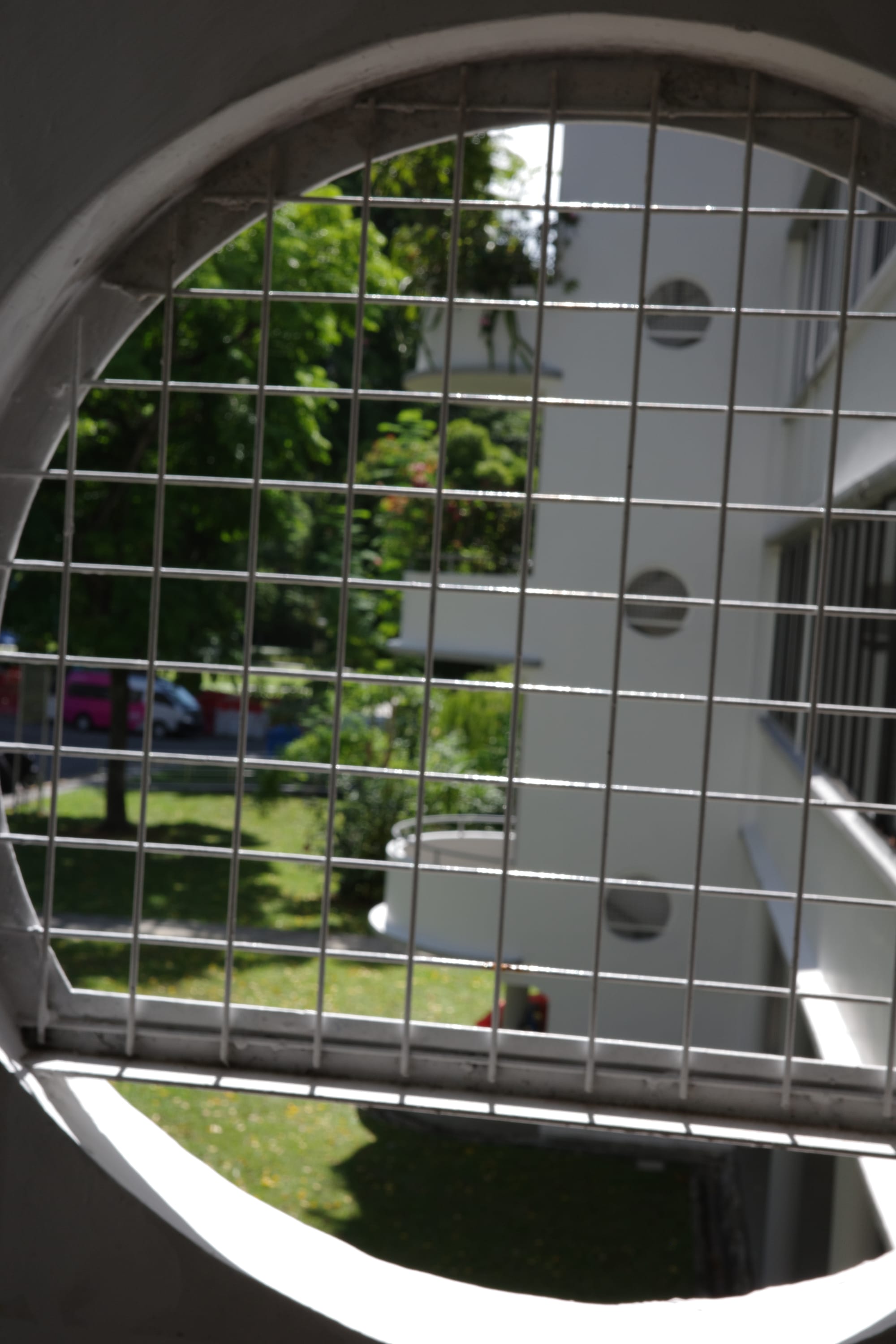
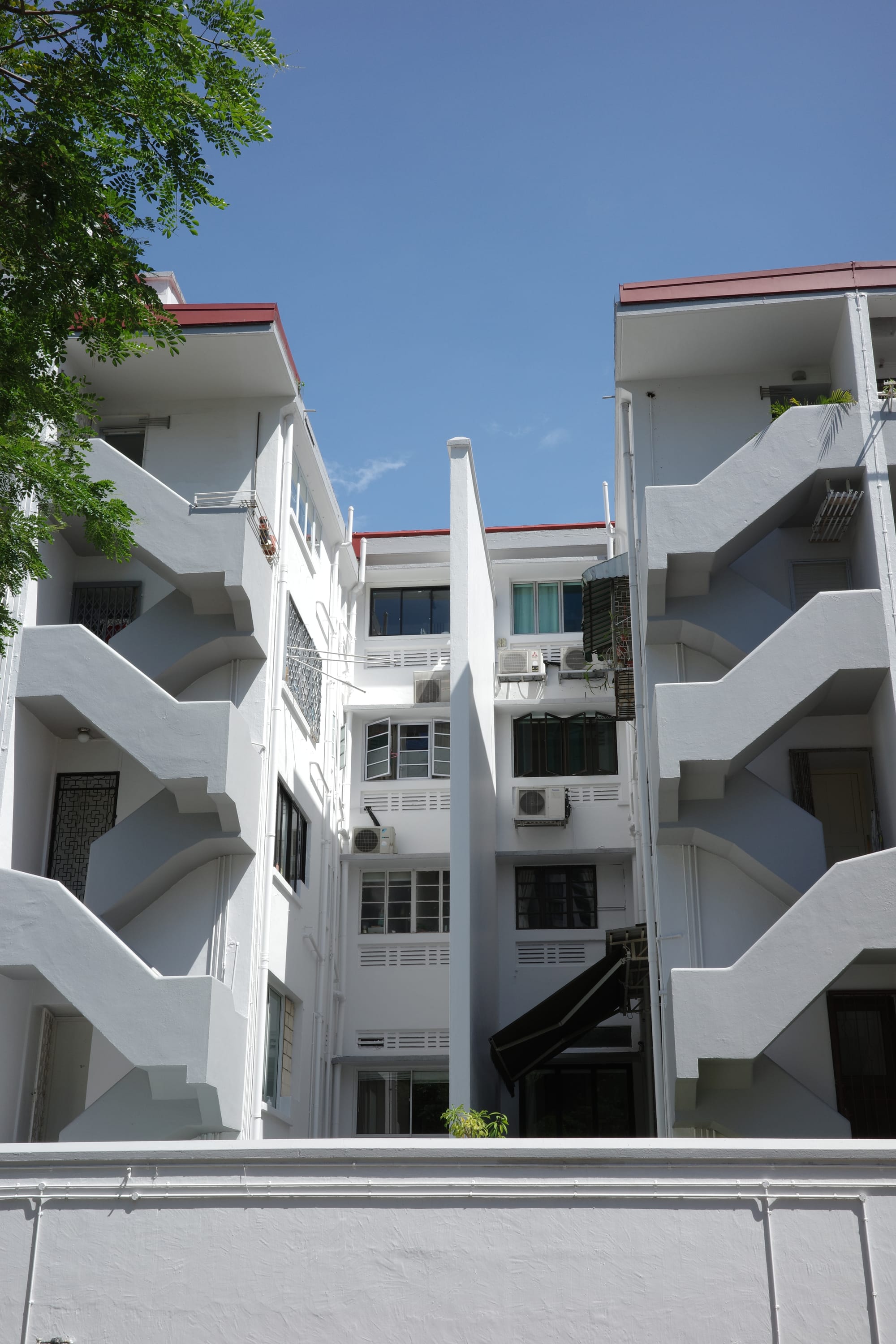
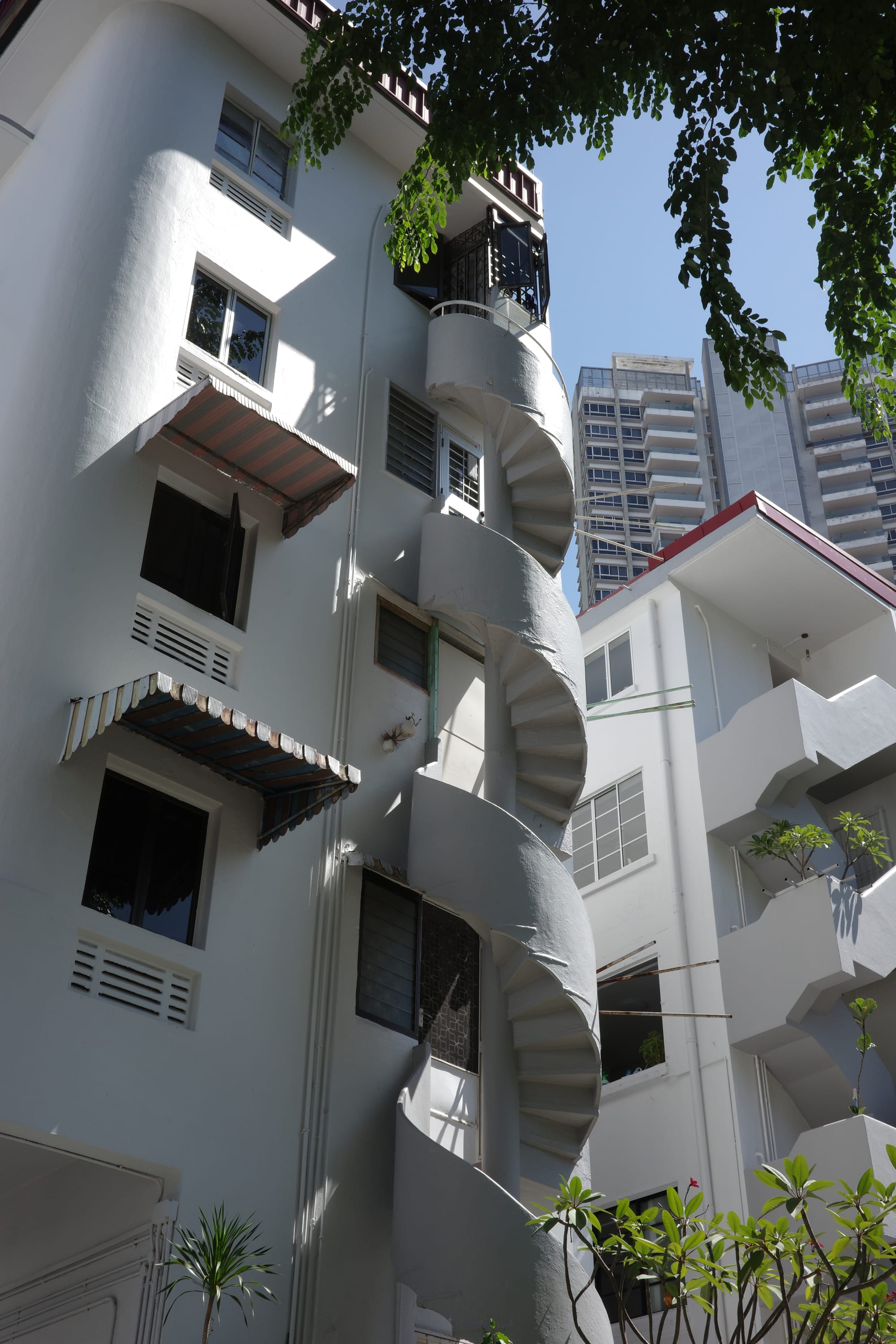
©Wendy Gan 2025
The more linear blocks built in the 1950s are separated by a substantial amount of space, allowing the ground-floor flats to carve out backyards for themselves. Some residents have created remarkable private garden retreats. A few have even planted fruit trees—papaya, jackfruit, guava.
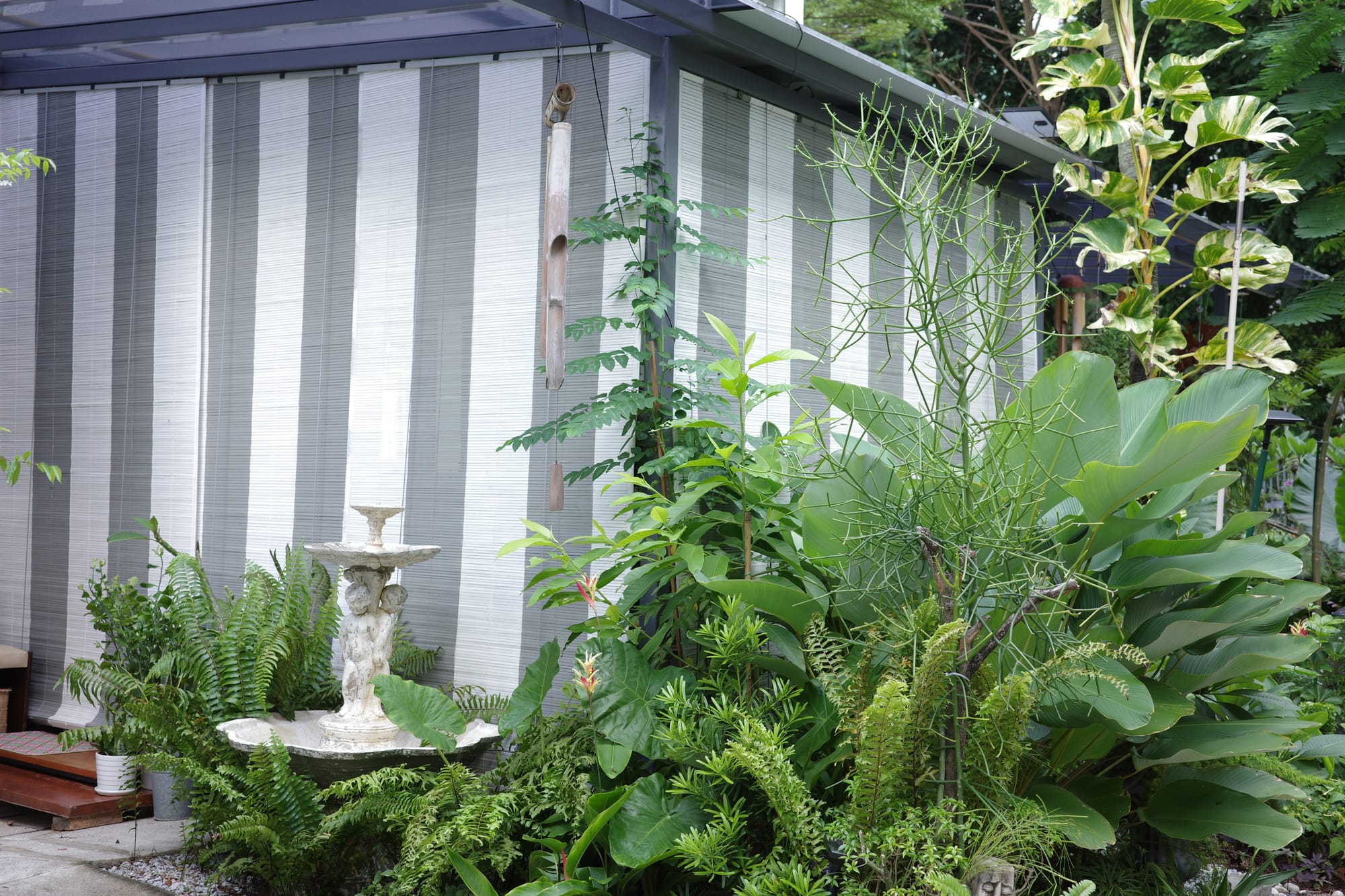
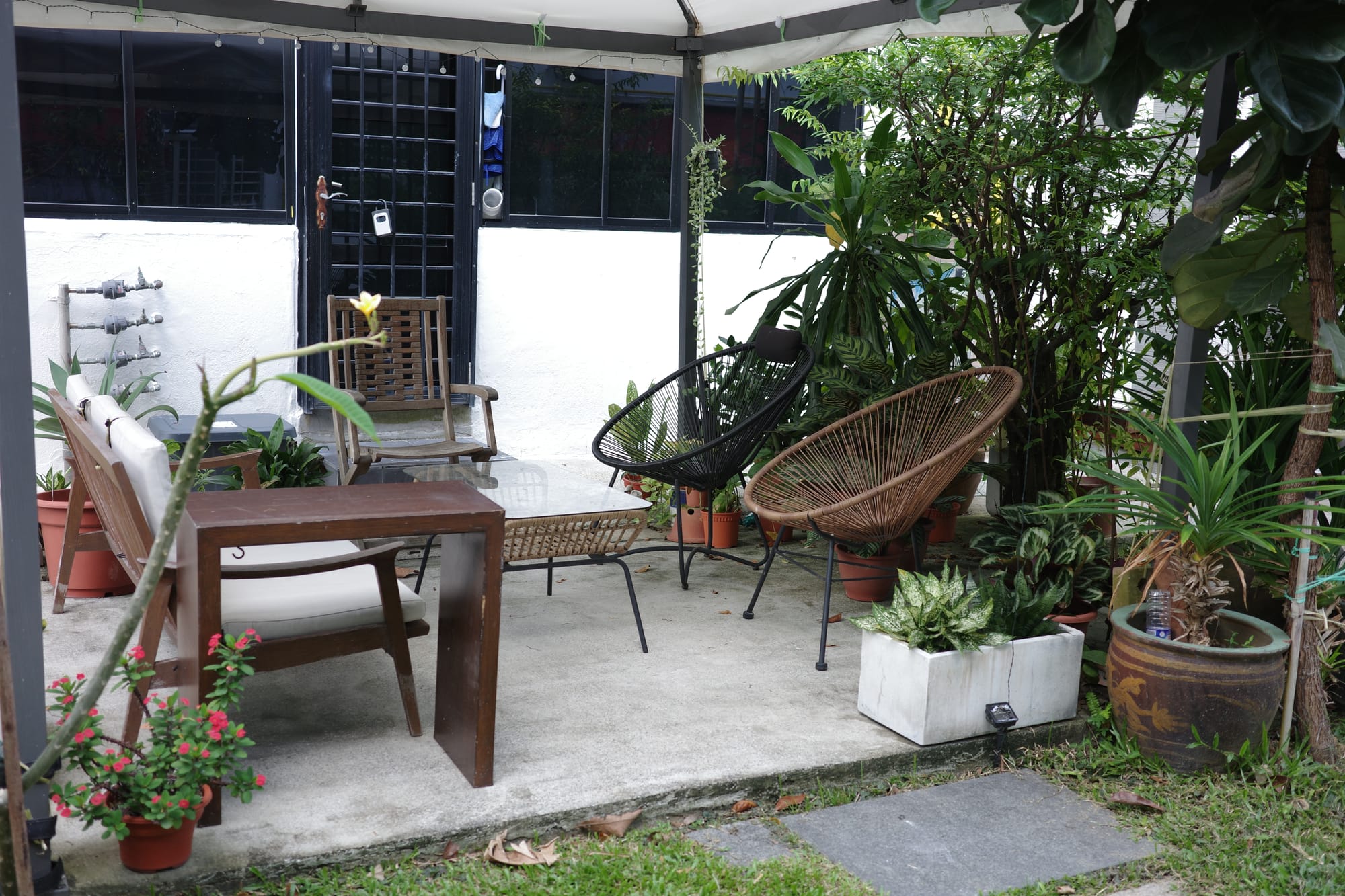
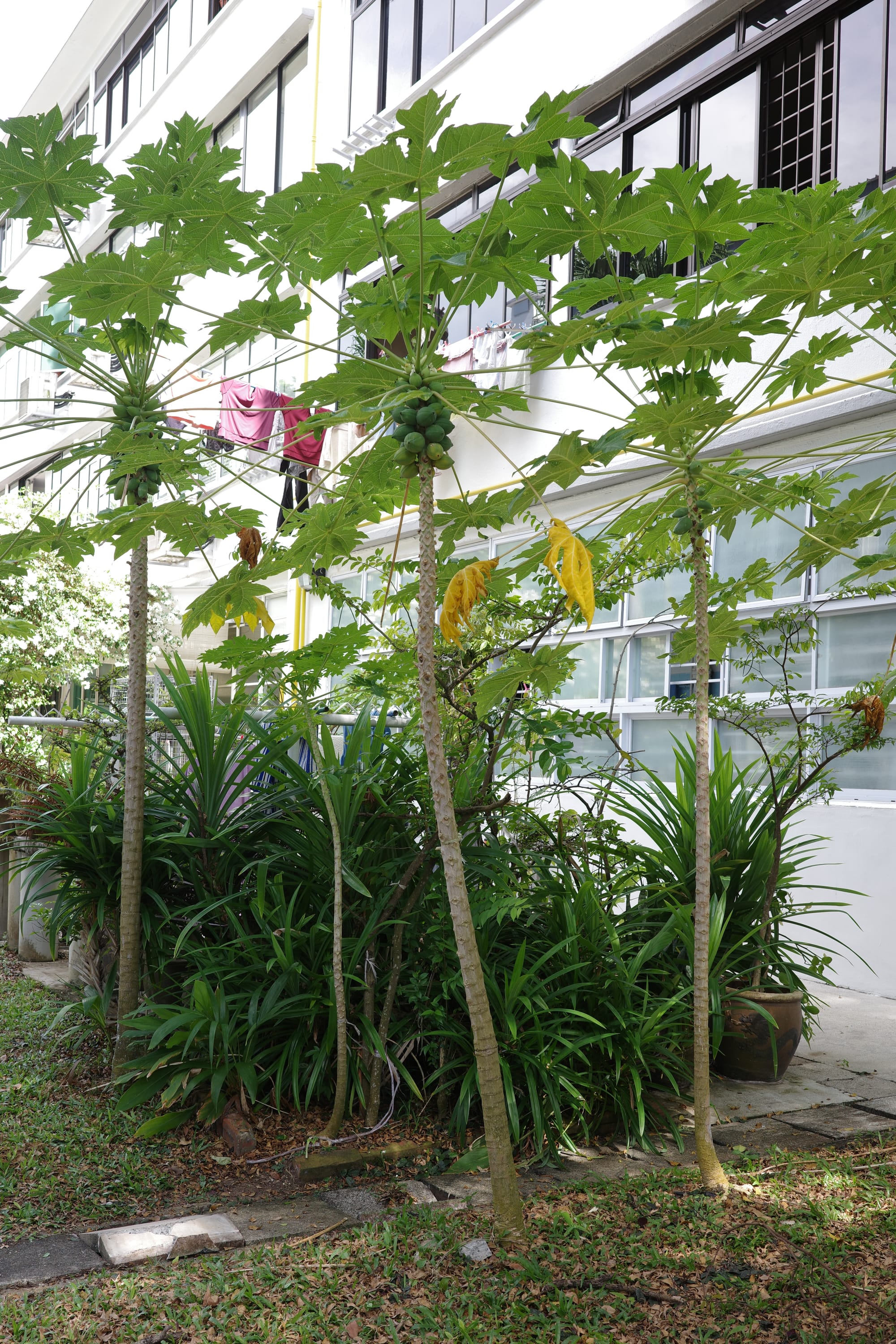
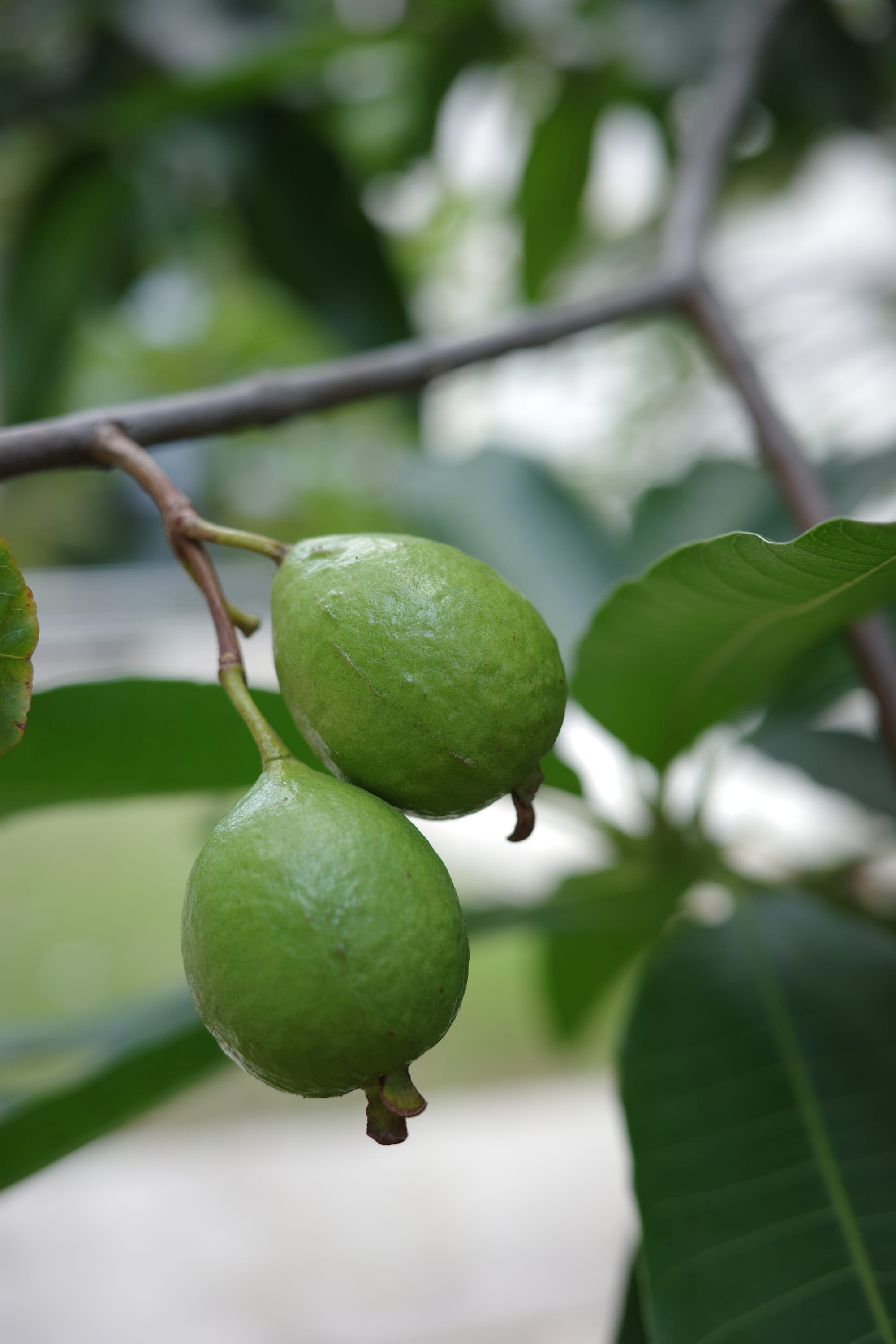
©Wendy Gan 2025
Those unlucky not to have a yard take advantage of balconies or common corridors. A few owners have placed chairs outside so that they may enjoy the cool evenings, or else slipped potted plants as discreetly as possible in shared spaces where their lushness sometimes surprises and delights the eye.
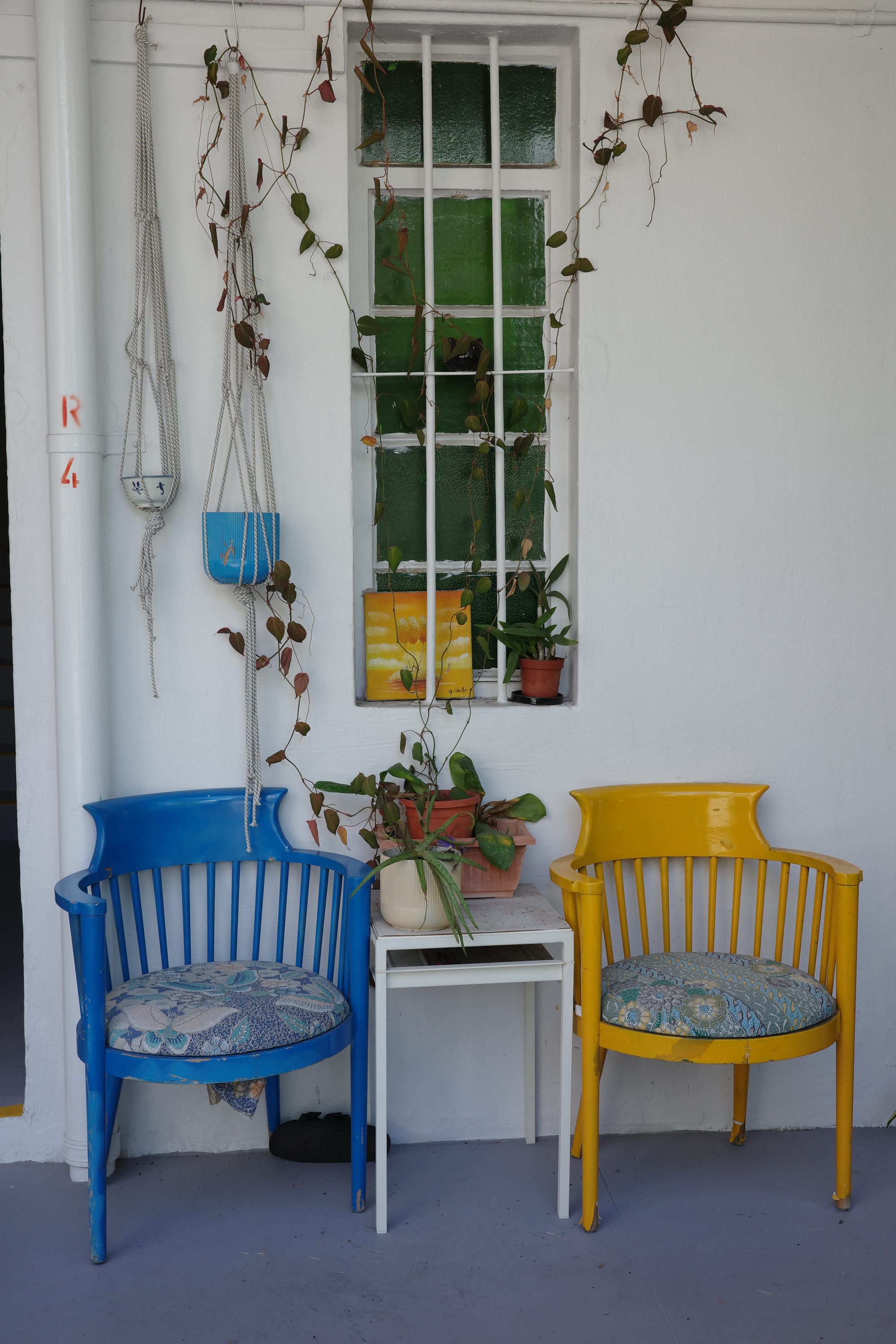
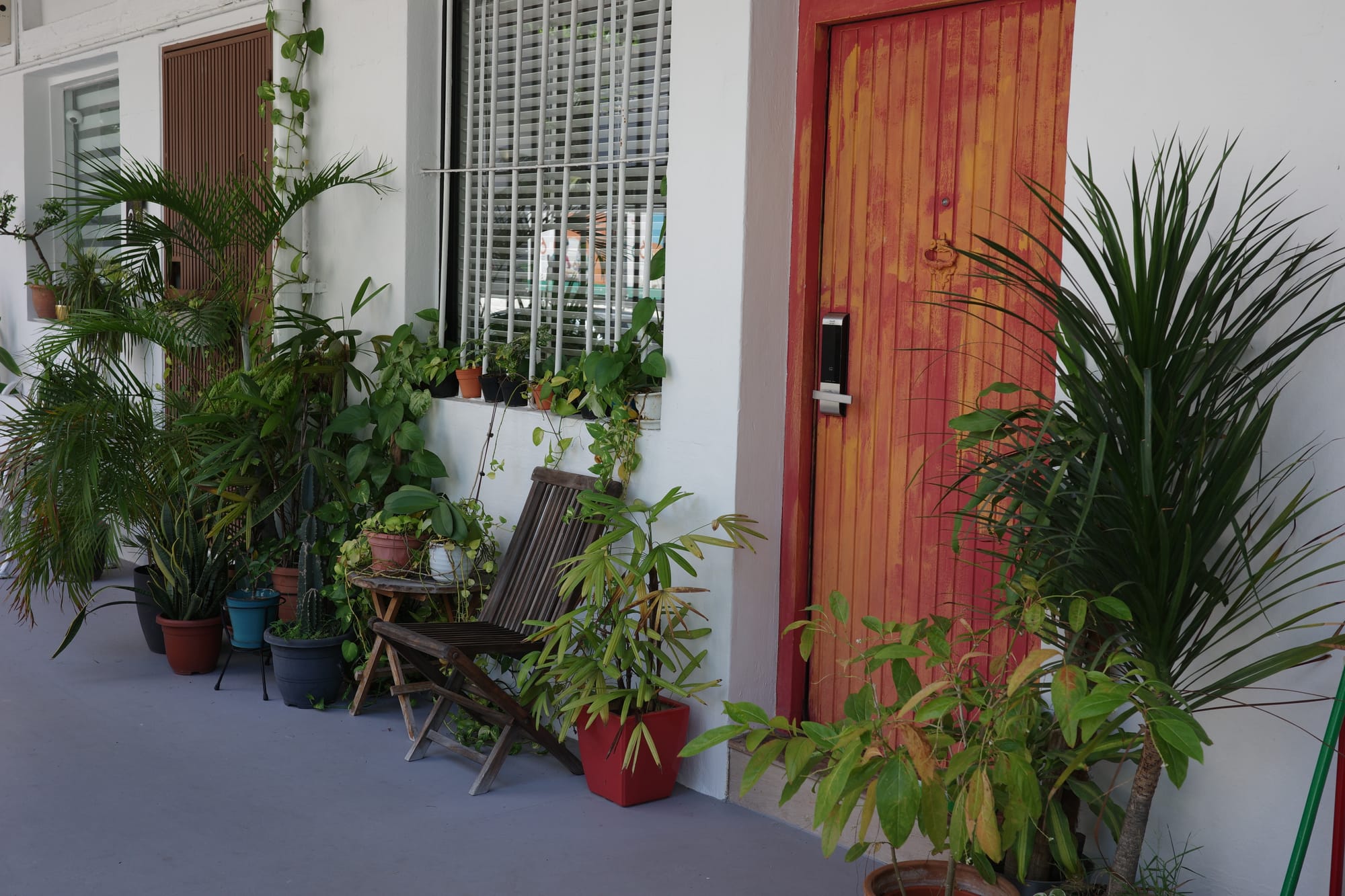
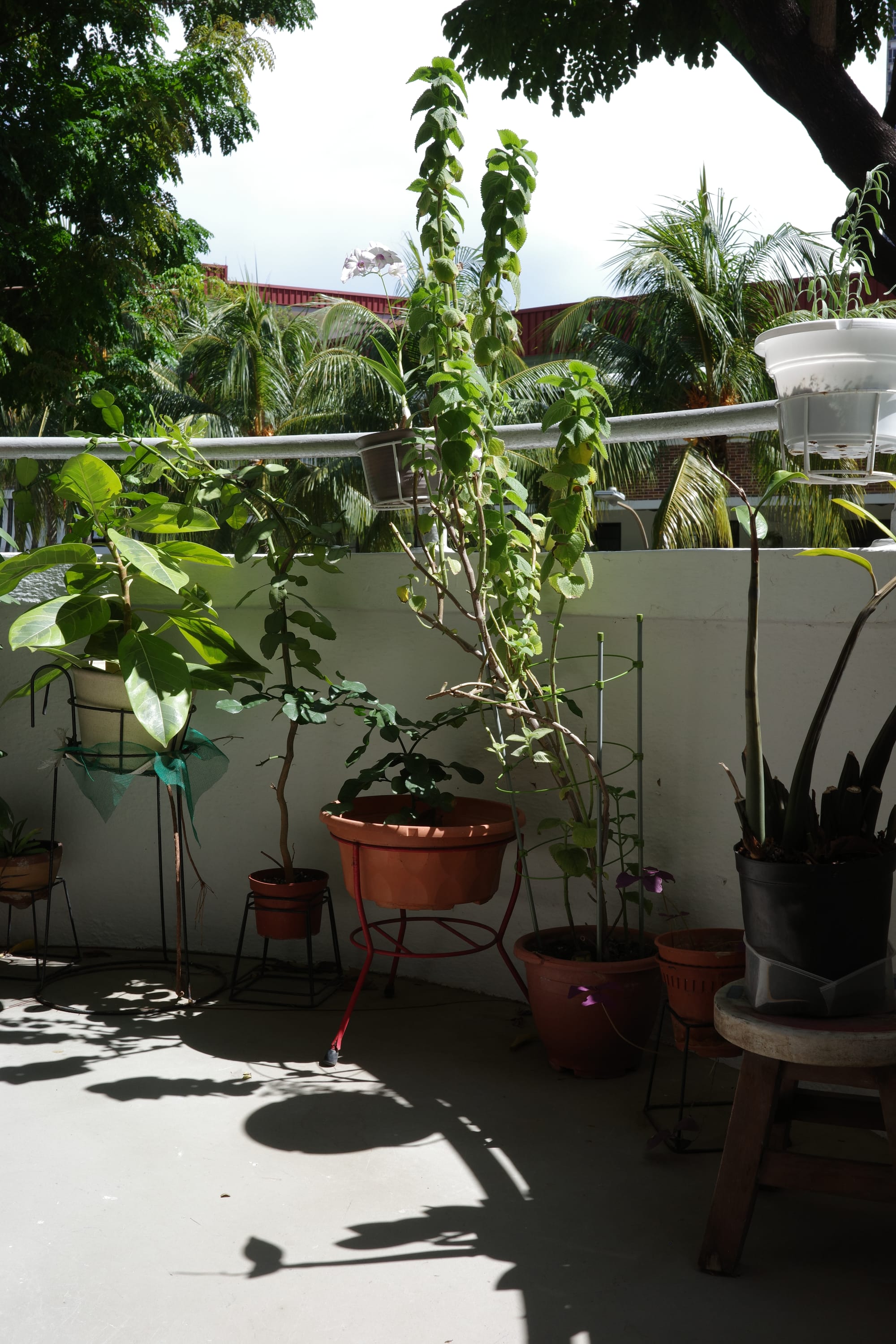
©Wendy Gan 2025
This is chic urban living that retains a kampong village flair—a connection to nature, to community, a slower pace of life. I often grow wistful as I meander around Tiong Bahru. I still play the game my mother and I did in the past: what if we lived here? What would our lives be like? Though these days I ponder an additional question: would I feel differently about Singapore if I called one of these flats home?
